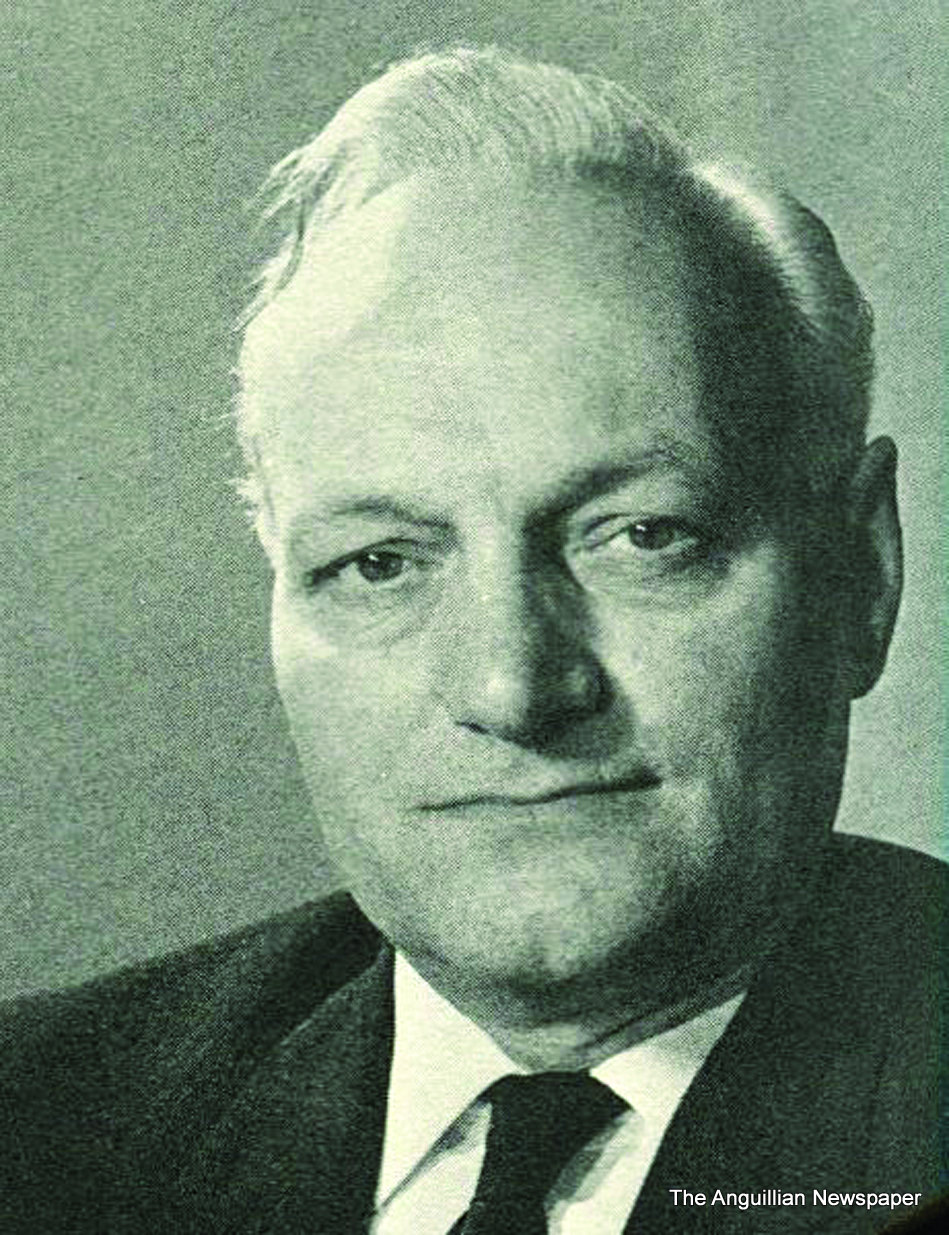Anguillians don’t necessarily talk about it, but March 11, 1969, remains an unforgettable date in the annals of Anguilla’s modern history.

By February that year, Anguilla was still in the heart of its 1967 Revolution, with Anguillians clamouring for formal separation from St. Kitts-Nevis. They had apparently grown impatient with the British Government’s delay to set the island free – and Premier Bradshaw’s threats to force them back under his rule.
Fed up with that situation, Anguilla declared itself a Republic on February 6, 1969. That was also the day when the Heads of Government of the Commonwealth Caribbean Countries issued a statement calling on the British Government to take all necessary steps, in collaboration with the Government of the State, to confirm the territorial integrity of St. Kitts-Nevis-Anguilla. In short, they called for an end to Anguilla’s attempts to secede from the then Federation.
Britain’s response was to despatch Mr. William Whitlock, a Junior Minister, to St Kitts and Anguilla with proposals to settle the dispute. Mr. Whitlock arrived in Anguilla on March 11 and was met at Wallblake Airport by the leaders of the island. Their protocol programme for him included a state luncheon and a fleet of cars to transport him and his party to a place of reception. A large and enthusiastic crowd, some singing the British National Anthem, and others bearing placards calling for Anguilla’s separation, accompanied their leaders at the airport.
There, Mr. Whittlock read the British Government’s proposals and then, with the assistance of aides, distributed the pamphlets, containing the proposals, to the gathering. Following that, he was abruptly driven off by Mr. Tony Lee, formerly Senior British Official/Commissioner in Anguilla, and taken to another location other than the place of reception which was prepared for him.
The British Minister was accused of ignoring and embarrassing the Anguillian leaders who included the President-elect of the Republic of Anguilla, Mr. Ronald Webster. He was further accused of “throwing the pamphlets at the crowd as a farmer might throw corn to a fowl.”
Whitlock was later expelled from Anguilla by an angry crowd. The consequence was the British invasion of the island in the early hours of March 19, 1969. It was code-named “Operation Sheepskin”.
You can read the entire graphic story in Anguilla’s Battle For Freedom 1967-1969, co-authored by Mr. Colville Petty and Mr. Nat Hodge. You are invited at The Anguillian newspaper’s office to purchase a copy of this intriguing book.








